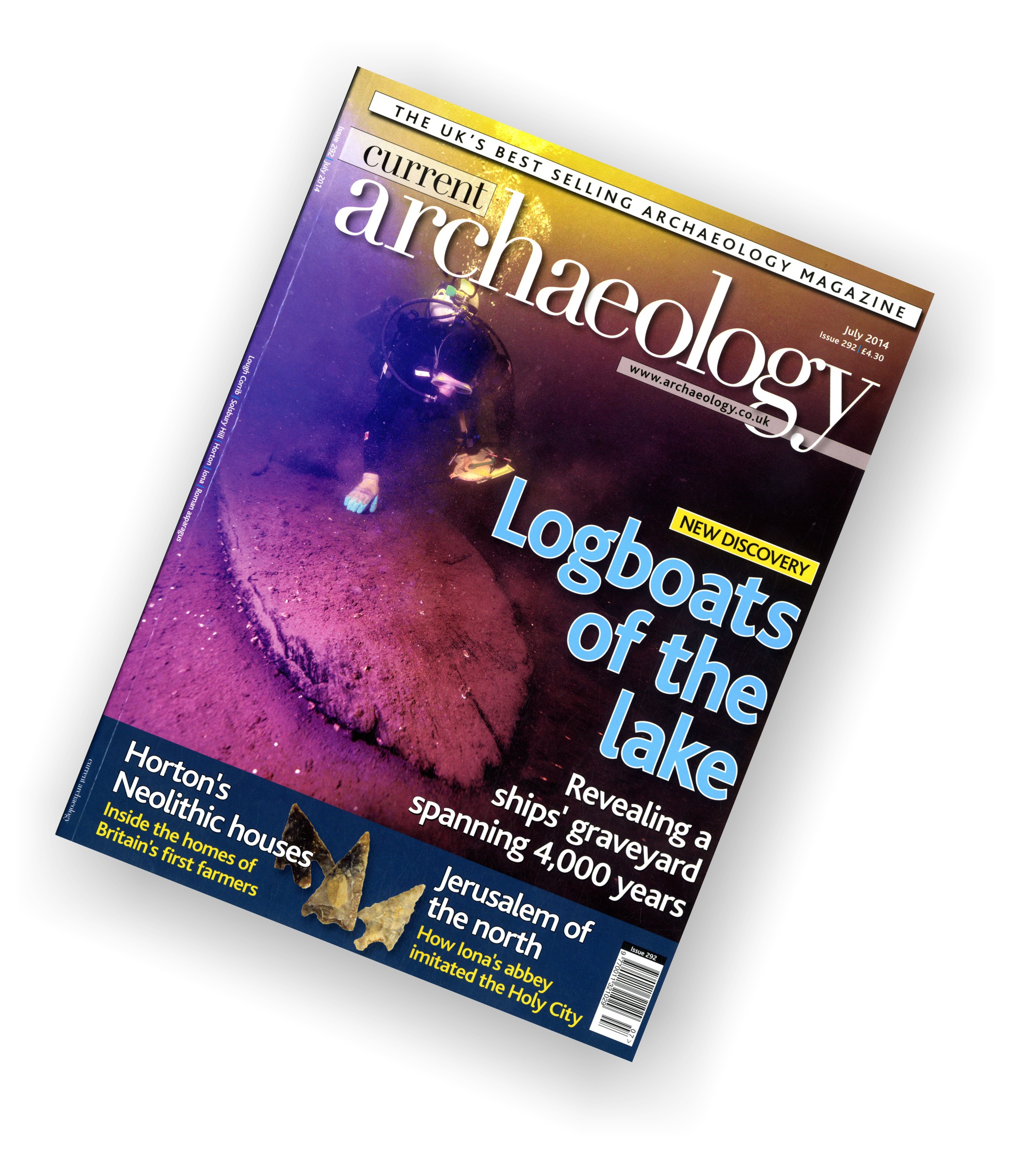
Now out issue 292 (June 5th 2014)
Archaeologists Gareth Chaffey and Alistair Barclay discuss the finding of the Horton Neolithic houses with the editor Matthew Symonds in issue 292 of the popular magazine - Current Archaeology. They give their latest interpretation of the settlement consisting of five house sites, and an account of how these important discoveries were made, the evidence for early farming and for how people lived around 3800 BC.
The houses were discovered over a five year period as part of Wessex Archaeology’s excavations at Kingsmead Quarry, a large-scale landscape project that has been generously funded by CEMEX UK.
It is very rare to find even a single Early Neolithic house in the UK. The importance of the discoveries at Horton is that we have found the remains of five houses. This gives us an insight into the size and organisation of communities at a time when the widespread adoption of farming practices was spreading across Britain and Ireland at around 3800 BC. The fact that two of our structures are similar to others both locally and as far away as Ireland, and another is near identical in plan to a house found in Derbyshire, gives an idea of distant connections and the movement of people at this time.
The rate at which farming practices and the Neolithic lifestyle spread is a matter of debate. The discoveries at Horton add significant new information regarding the character, timing and duration of these events. In the case of Horton we argue for "pioneer farmers" and from the associated radiocarbon dating we can be quite specific over when this all happened- a few generations after 3800 BC and before the widespread construction of such ritual and ceremonial monuments as long barrows and causewayed enclosures.
To read more about this site follow this link